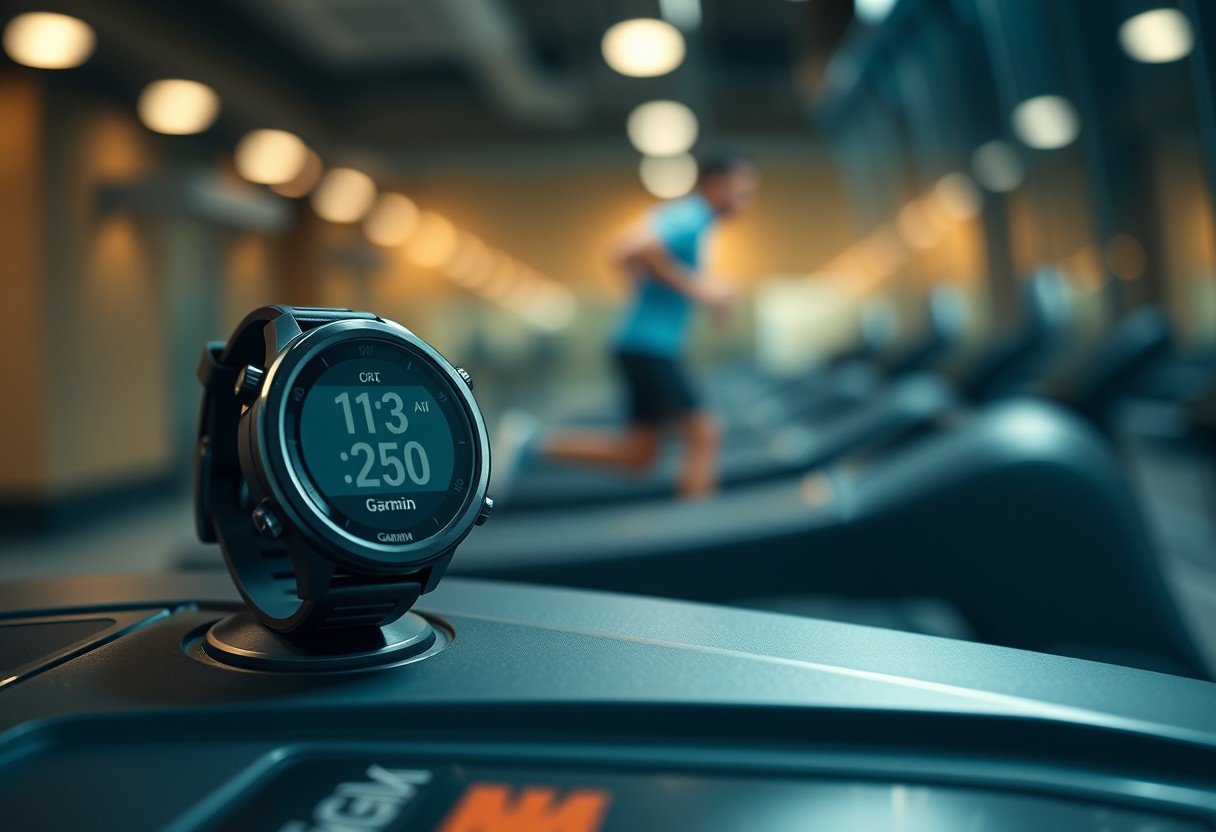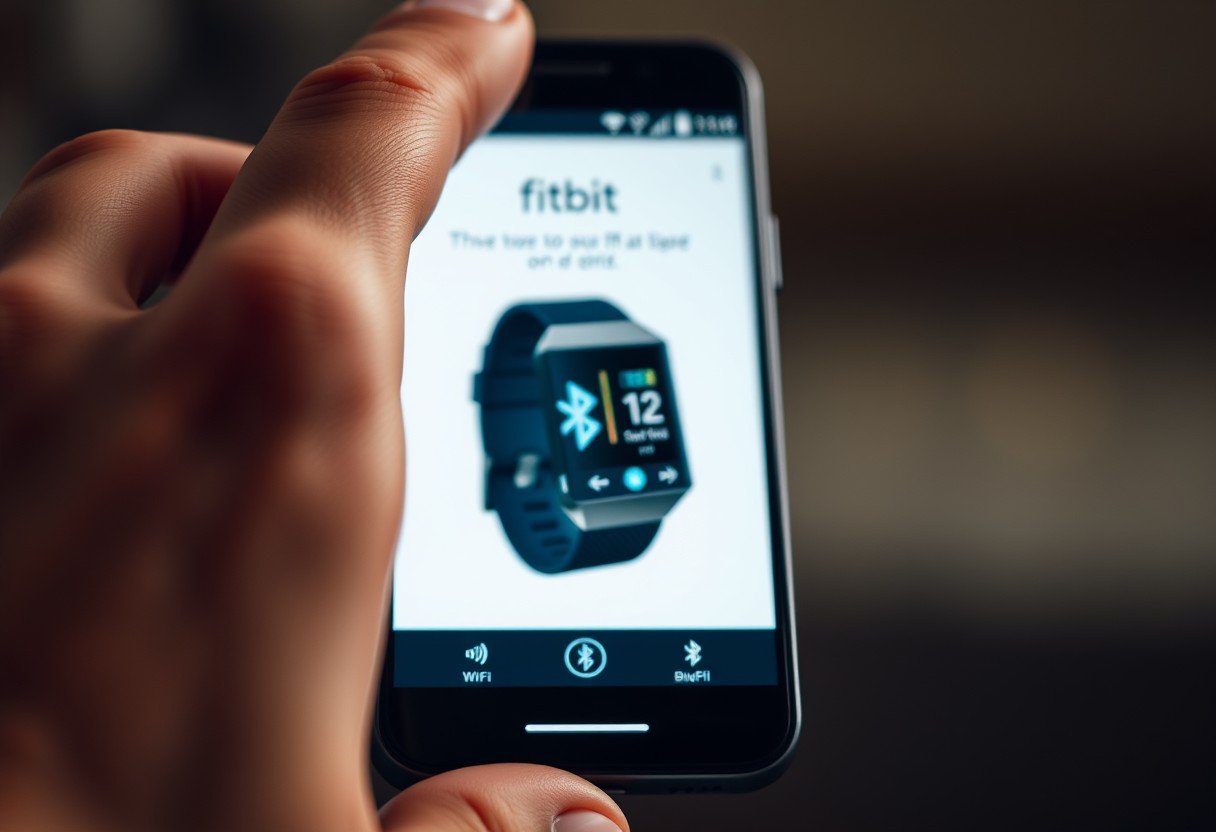Fitness enthusiasts often wonder if their Garmin watch accurately tracks treadmill workouts. The short answer is yes, they can be quite accurate. However, since you’re running in place without GPS, the watch relies on different sensors and algorithms. Understanding how this technology works and how to properly calibrate your device is key to getting reliable data on your distance, pace, and performance indoors.
How Your Garmin Watch Tracks Indoor Runs
When you run outdoors, your Garmin watch uses GPS to track your movement, providing precise data on distance and speed. Indoors, this is not possible. Instead, the watch switches to using its internal accelerometer.
This sensor detects the motion of your arm swing to estimate your stride length and cadence (steps per minute). Over time, your watch learns your running dynamics from outdoor, GPS-tracked runs and applies this learning to your indoor workouts. The device essentially makes an educated guess about how far you’ve run based on how many steps you’ve taken and your typical stride.
Heart rate is monitored using the optical sensor on the back of the watch, which works the same way indoors as it does outdoors. This provides crucial data on your effort level and calories burned.
Why Your Garmin and Treadmill Readings Don’t Match
It can be frustrating to finish a run and see a major difference between your watch and the treadmill console. Several factors contribute to these discrepancies, and it’s rarely one single issue.
The most common reasons for inaccurate readings include the treadmill’s own calibration and your personal running form. Treadmills themselves can be inaccurate, with their calibration drifting over time due to wear and tear.
Other key factors can influence your watch’s accuracy:
- Inconsistent Arm Swing: Since the watch relies on arm movement, holding onto the handrails or having an unusual arm swing can throw off its calculations.
- Varying Stride Length: People often change their stride length on a treadmill compared to running outside, which can confuse the watch’s algorithm if it hasn’t been calibrated for indoor running.
- Outdated Software: Garmin frequently releases software updates that improve the algorithms used for tracking activities. Running on old firmware can lead to less accurate results.
Ultimately, a mismatch is normal, but you can take steps to minimize the difference.
How to Calibrate Your Garmin for Better Treadmill Accuracy
Calibrating your Garmin watch is the single most effective way to improve its treadmill accuracy. This process helps the watch learn your specific indoor running style and stride length, leading to more reliable distance data.
The calibration process is simple. After you finish a treadmill run of at least one mile (or 1.5 kilometers), stop the timer on your watch. Before saving the activity, you will be prompted to enter the distance displayed on the treadmill’s console.
By entering this correct distance, you are teaching the watch’s algorithm. The device will adjust its calculations for future treadmill runs, making them significantly more accurate over time. For the best results, perform this calibration a few times to fine-tune the data.
Treadmill vs. Outdoor Running Accuracy
There is a fundamental difference in how your Garmin watch measures your runs indoors versus outdoors. Outdoors, it has the gold standard of GPS. Indoors, it has to rely on estimations from its accelerometer. This naturally leads to variations in accuracy.
Here is a simple breakdown of how the performance compares in different environments.
| Aspect | Treadmill Accuracy | Outdoor Running Accuracy |
| Distance Tracking | Relies on calibration and sensors, potential for error | Generally precise due to GPS |
| Pace Tracking | Can be inconsistent if not calibrated | Highly reliable with a strong GPS signal |
| Heart Rate | Generally accurate | Generally accurate |
Are Higher-End Garmin Models More Accurate?
Accuracy can indeed vary between different Garmin models. Higher-end series like the Forerunner and Fenix often come with more advanced sensors and sophisticated software algorithms. These premium watches tend to provide better performance metrics right out of the box.
For example, models like the Garmin Forerunner 945 have superior processing power, which helps refine the data collected from the accelerometer for more precise indoor tracking. Entry-level models, such as the Forerunner 45, are still effective but may not offer the same level of precision.
If pinpoint accuracy on the treadmill is your top priority, investing in a higher-tier model could provide more reliable workout data. However, even basic models can become quite accurate with proper and consistent calibration.
Comparing Garmin to Other Fitness Brands
While Garmin is a leader in the fitness watch market, other brands also offer reliable options for treadmill runners. Brands like Polar, Suunto, and Fitbit are strong competitors, each with its own strengths.
When it comes to treadmill accuracy, user experiences suggest that Garmin and Polar often lead the pack. However, the best choice depends on your specific needs and budget. Here’s a look at how these brands generally compare in terms of their typical error margins for distance tracking.
| Brand | Typical Error Margin |
| Garmin | 0.5% |
| Polar | 1.0% |
| Suunto | 1.2% |
| Fitbit | 1.5% |
This table shows that while other brands are quite accurate, Garmin typically has the smallest error margin, making it a very robust choice for serious runners.
Frequently Asked Questions
Why does my Garmin watch show a different distance than the treadmill?
This is common and happens because your watch uses an accelerometer to estimate distance based on arm swing, while the treadmill measures the belt’s revolutions. To fix this, run for at least a mile and then use the calibrate function on your watch to enter the treadmill’s distance before saving the activity.
How can I make my Garmin more accurate on the treadmill?
The best way is to consistently use the calibration feature after each treadmill run. Also, ensure your watch firmware is updated, wear the watch snugly on your wrist, and try to maintain a natural arm swing instead of holding the handrails.
Do I need a foot pod for accurate treadmill running?
A foot pod can significantly increase accuracy for indoor running because it measures stride directly from your foot, removing any guesswork from arm swing. While not necessary for most casual runners, it is a great investment if you do a lot of treadmill training and need precise data.
Which Garmin model is best for treadmill runners?
Higher-end models in the Forerunner series (like the 245, 255, or 955) and Fenix series are generally considered best for treadmill running. They have more advanced sensors and better calibration options, leading to more accurate indoor tracking.
Is the heart rate monitor on Garmin watches accurate during treadmill workouts?
Yes, the optical heart rate monitor on Garmin watches is typically very accurate for steady-state activities like running on a treadmill. For the best results, make sure the watch is worn tightly enough that it doesn’t move around on your wrist.







Leave a Comment